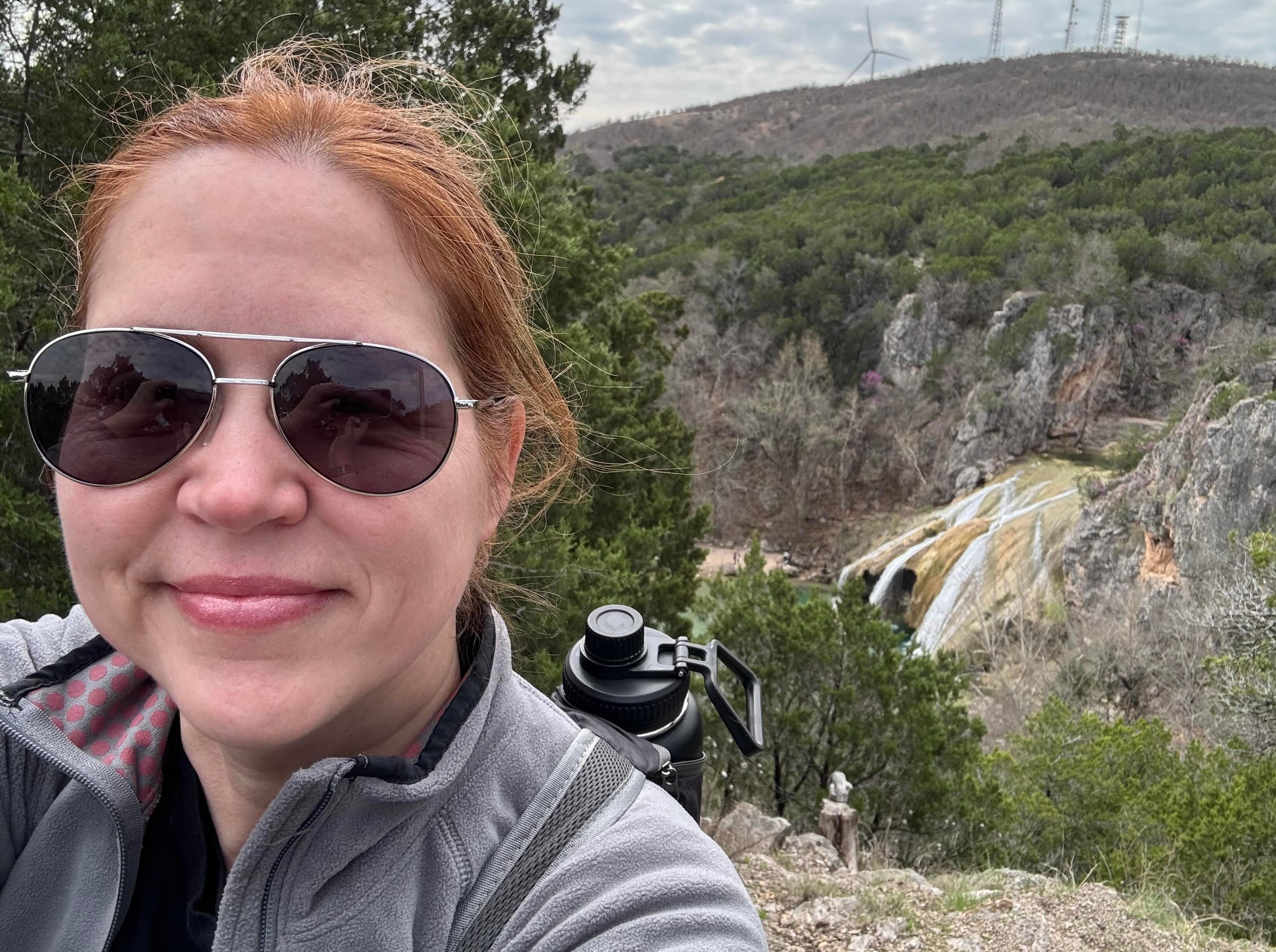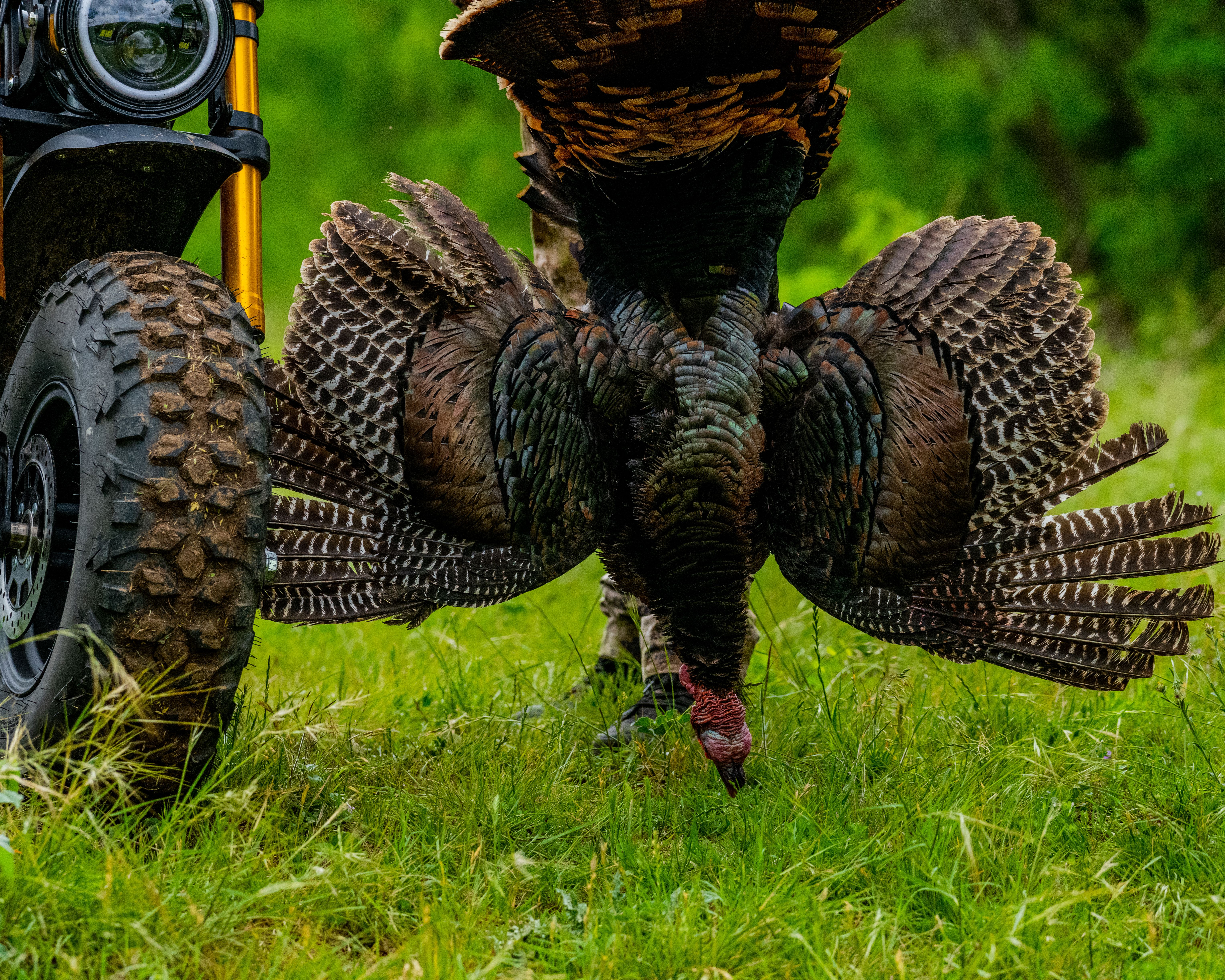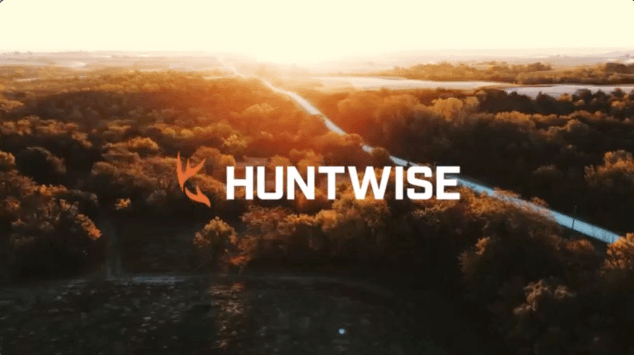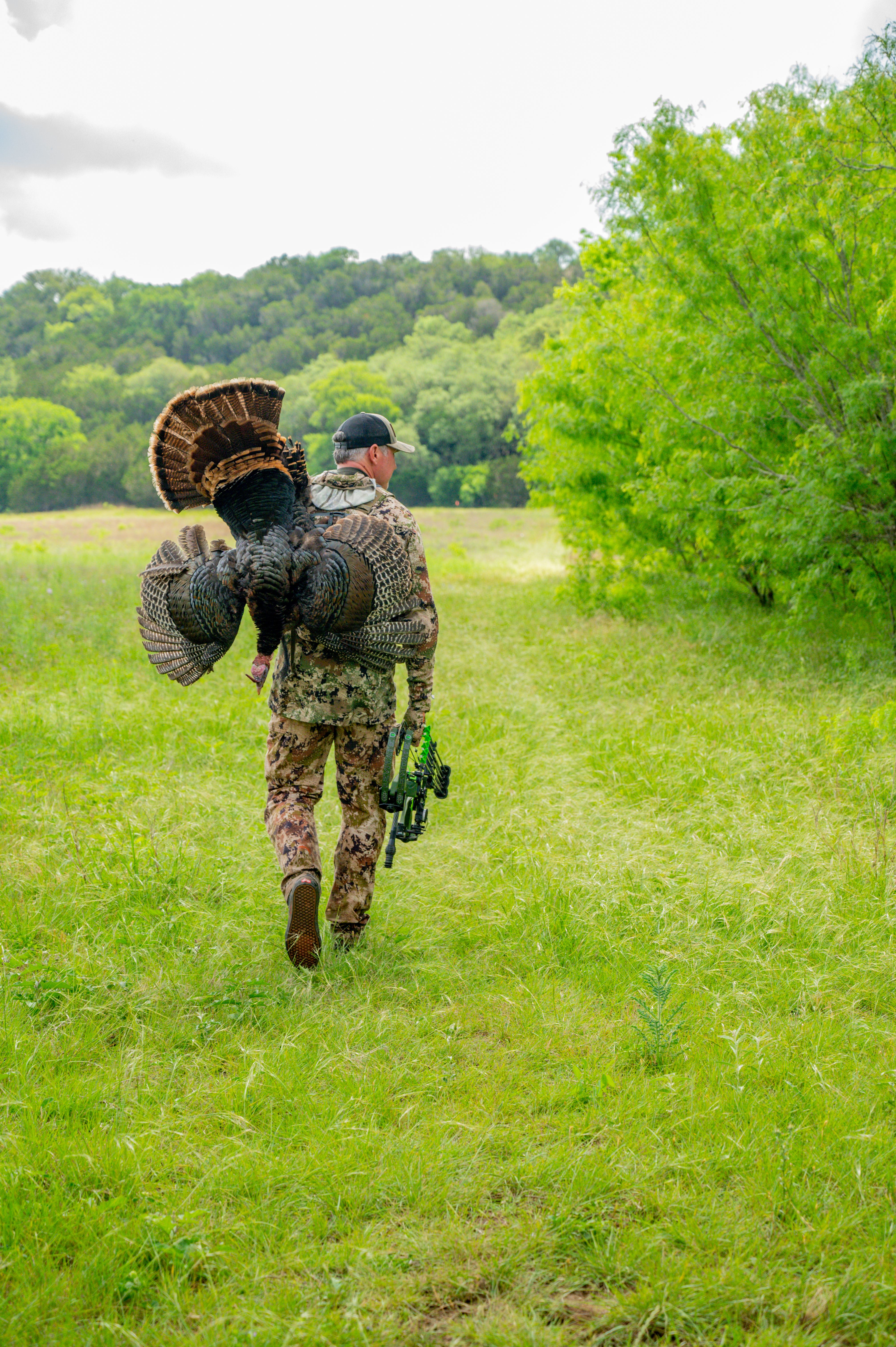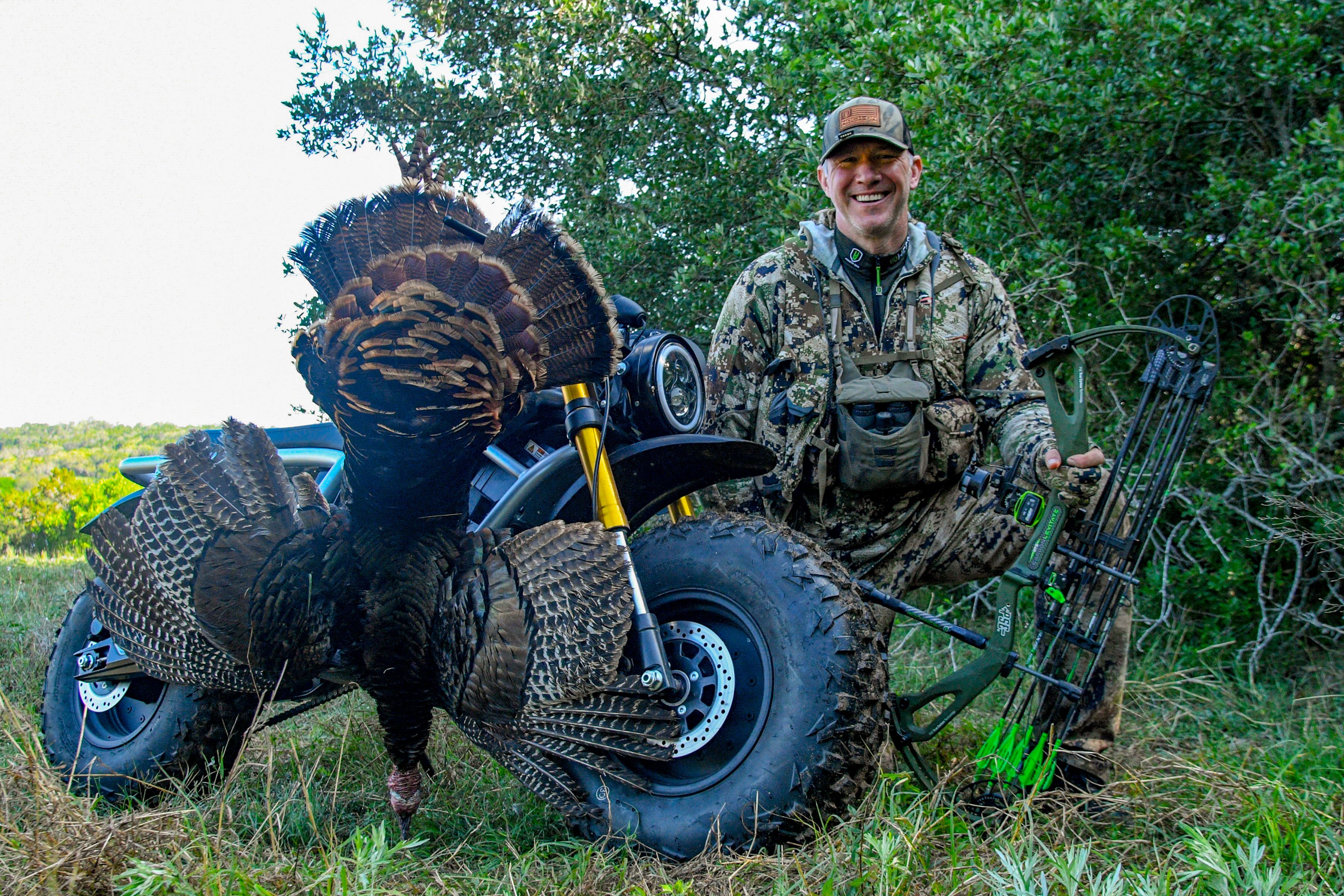Field Guide / Our Pros
Bowhunting: Turkey Hunting Tips with John Dudley
We recently talked with John Dudley about turkey hunting with a bow. While he emphasized that he’s not a turkey expert and bowhunting turkey is a different type of challenge than hunting deer with a bow, he shared some unconventional approaches to bringing home a tom each season.
Previous in Our Pros
More Content Like This
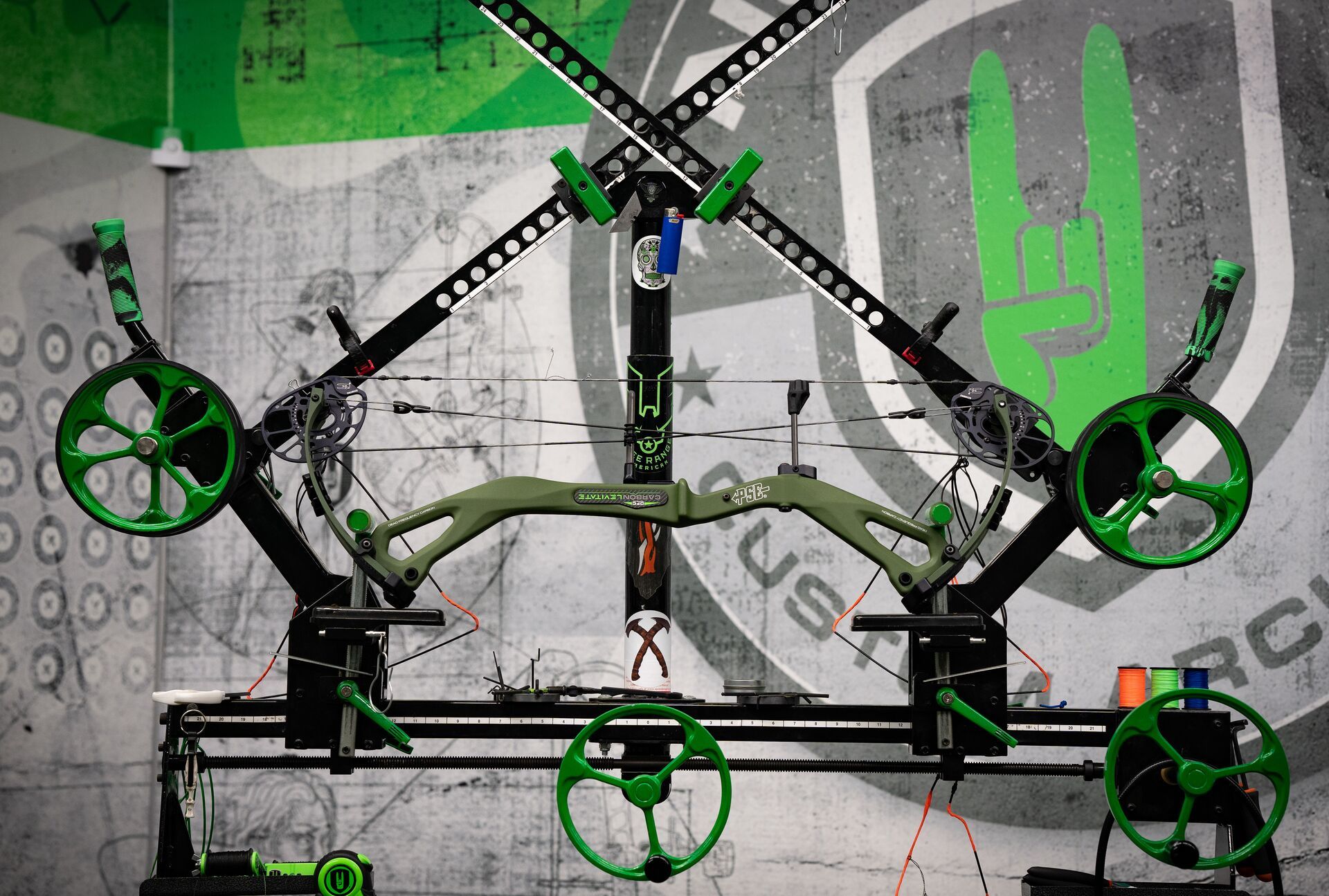
How to Care for Compound Bows: 3 Tips from John Dudley
“Care and maintenance for compound bow archery is pretty dang simple.” – John Dudley.Read More
Read More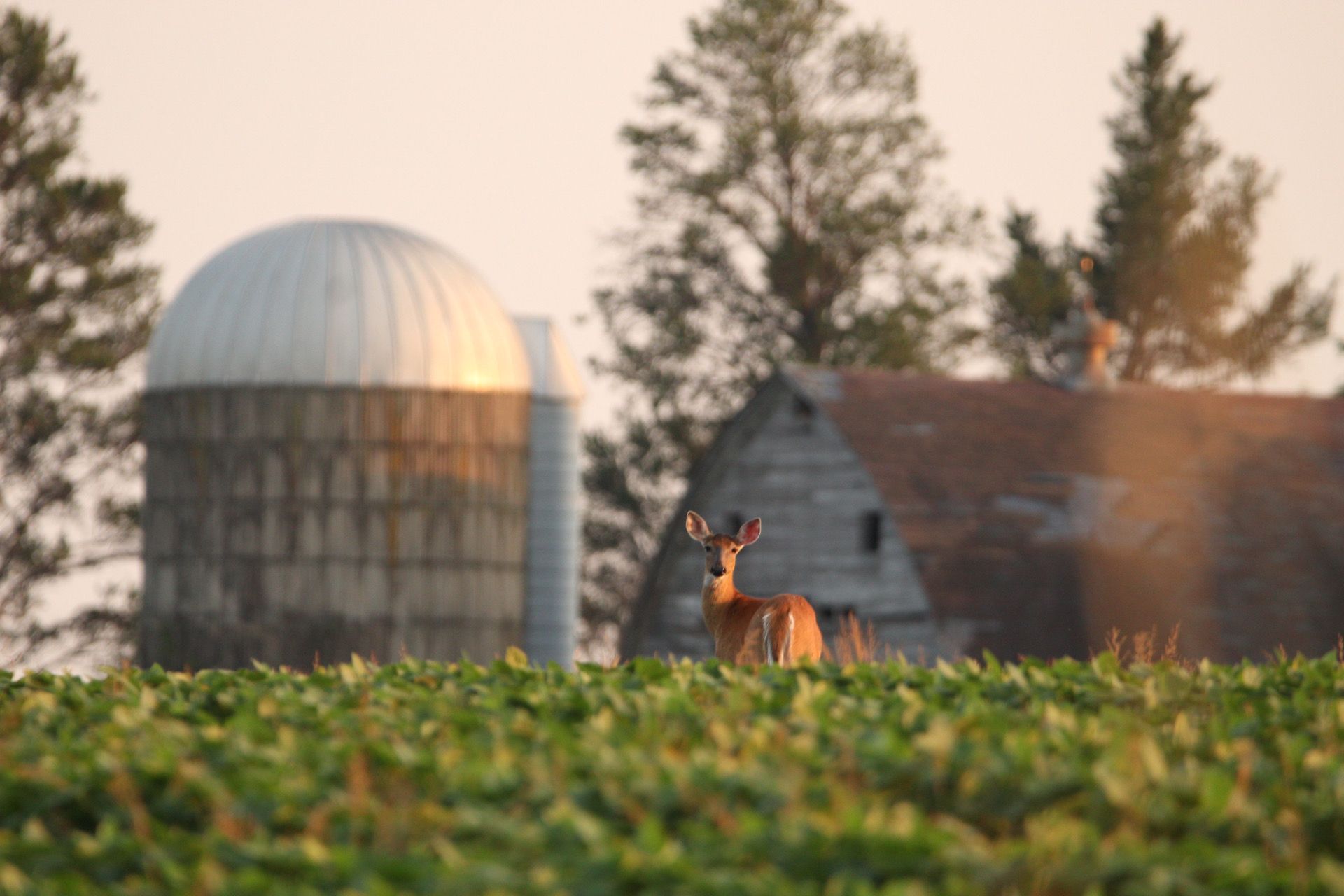
Creating a Food Plot: Top Hunting Season Food Sources
Just imagine your dreams for that handsome-looking 2-year-old 10-point that has been feeding in your alfalfa field all summer. He is with a brat pack of two other young bucks that you know will be some real studs in the coming years. Read More
Read More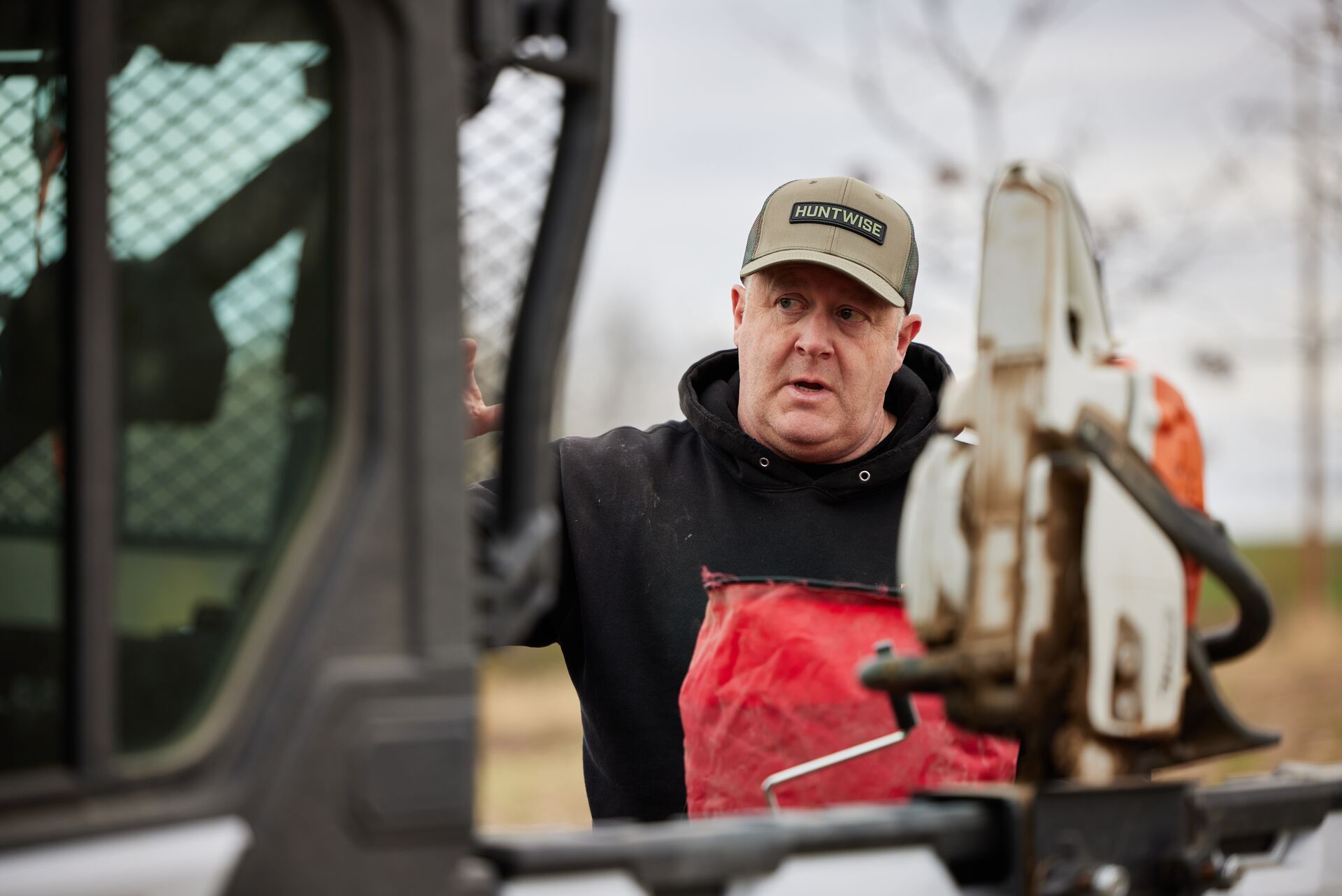
How Do Moon Phases Affect Deer Movement? Answers from Jeff Sturgis
“I don’t think it’s as great of an impact as people think.” – Jeff Sturgis.Read More
Read More Our Pros
Our ProsHow to Care for Compound Bows: 3 Tips from John Dudley
“Care and maintenance for compound bow archery is pretty dang simple.” – John Dudley.Read More
Read More Our Pros
Our ProsCreating a Food Plot: Top Hunting Season Food Sources
Just imagine your dreams for that handsome-looking 2-year-old 10-point that has been feeding in your alfalfa field all summer. He is with a brat pack of two other young bucks that you know will be some real studs in the coming years. Read More
Read More Our Pros
Our ProsHow Do Moon Phases Affect Deer Movement? Answers from Jeff Sturgis
“I don’t think it’s as great of an impact as people think.” – Jeff Sturgis.Read More
Read More
1 of 3

